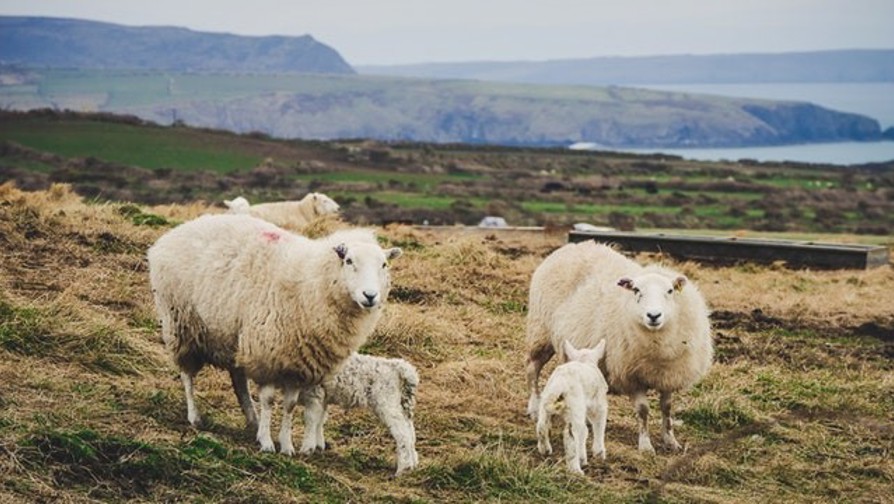
Sheep and shearing may be dangerous for agricultural workers since sheep are unpredictable. Many disasters may be avoided with safe work practices and proper training. A safe working environment can reduce the likelihood of injury and sickness. Yards and shearing sheds that are poorly built pose a variety of physical, chemical, and biological risks.
When dealing with sheep, have a strategy for everything from mustering to drafting to shearing to returning sheep to paddocks and convey it to all staff involved. Yards that are well-designed and well-maintained make it much safer, not to mention simpler, to manage sheep. Make sure your shearing shed is well-lit and ventilated, that agricultural and veterinary chemicals are handled and kept properly, and that your machinery is safe and well-maintained.
General Information on Shearing Shed
- Build yards on sloping land to provide for improved drainage and to enable sheep to work freely.
- Create protective covers for working and drafting races.
- Keep dust levels to a minimum and avoid slippery surfaces in races and forcing yards.
- Before slaughtering livestock, observe approved withholding periods for medications or chemicals.
- Motorcycle brakes and suspensions should be serviced on a regular basis.
- When riding a motorbike, wear a helmet and suitable protective equipment and gear that protects your arms, legs, and feet.
- Rams should be handled with caution since they can be violent.
- When working rams in a race, make sure you're shielded from those in front of you. A well-placed drop gate can help to lessen the risk.
- Make sure all shearing shed and accommodation entries are secure.
Considerations to Make When Shearing
- Make certain that appropriate and working fire fighting equipment is available in sheds and quarters.
- To minimize slipping, keep the flooring of catching pens as dry as possible.
- Tripping on wire, nails, or loose grating might result in back injuries if you fall back into the board or into the capturing pens. Ascertain that the grating is clear, properly fastened down, and free of obstructions.
- Allow the sheep to relieve themselves in the holding yard before taking them inside the shed.
- Make certain that shelters are well-lit and ventilated.
- Keep shearers and shed hands off the board unless they are needed for help. The board must always be maintained clean and dry.
- When stacking or loading bales, get assistance.
- Check that belt drives and grinders are appropriately protected.
- When not in use, dogs should be kept away from the work area. Avoid tying dogs in places where employees might trip over the dog or its leash.
- Install electric motors in the wool press if energy is available to decrease air and noise pollution.
- Maintain proper posture and use your legs instead of your back to avoid back problems.
Create A Farm Emergency Plan.
A disaster plan is essential. Some ideas are as follows:
- Make a decent and well-stocked first aid kit readily available.
- Ensure that at least one person on the farm is first-aid trained.
- Keep emergency phone numbers and addresses near the phone.
- Routes to the nearest hospital with an emergency department should be planned.
- Discuss your emergency plan with your family and coworkers on a regular basis.
- Make sure your kids know what to do in an emergency.
Knowing these pointers will help you make the shearing process more efficient and safe.


You must be logged in to post a comment.
click here to log in